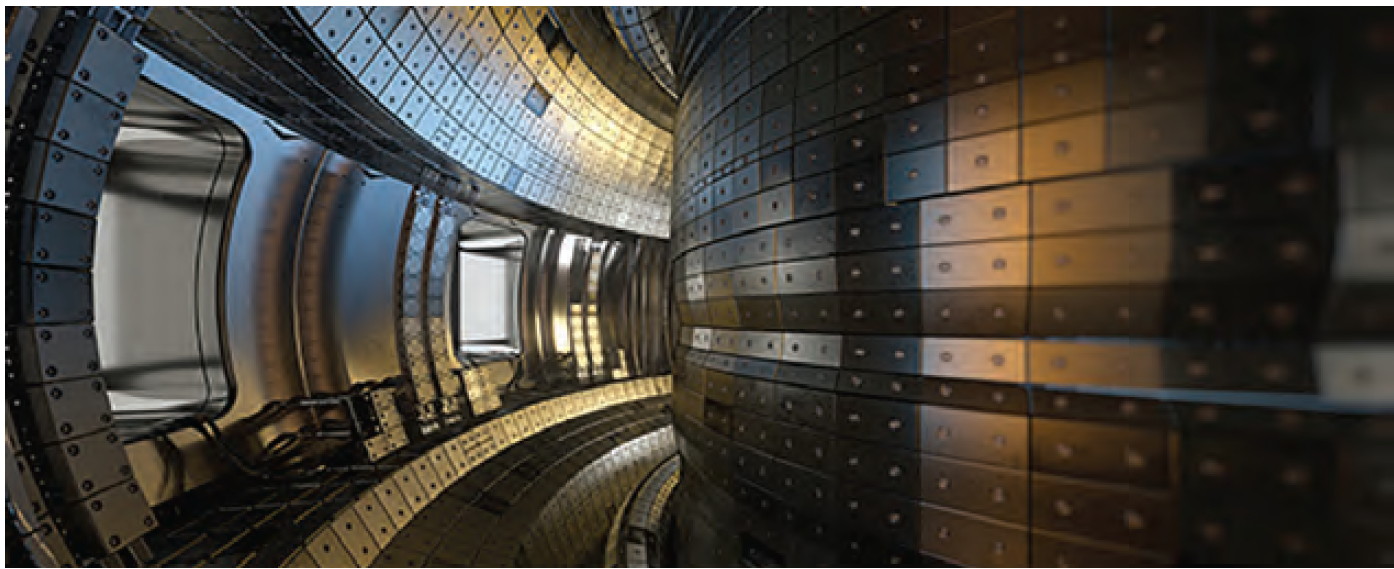The venerable science publication Nature revealed in May 2019 that the internet technology company Google funded research in cold fusion to the tune of about $10 million. A group of scientists from reputable institutions—MIT, Lawrence Berkeley National Lab, the University of British Columbia, the Canadian Institute for Advanced Research, and the University of Maryland—worked for several years to establish experimental protocols and measurement techniques in an effort to “re-evaluate cold fusion to a high standard of scientific rigour.” Their conclusion so far? No cold fusion (still).

Although the term cold fusion was coined in the 1950s, the concept made headlines in March 1989. Two electrochemists at the University of Utah, Stanley Pons and Martin Fleishmann, announced in a press conference that they had achieved nuclear fusion of deuterium absorbed by palladium electrodes in an electrochemical cell, rather than in the extreme conditions of temperature and pressure usually required (hence the use of the adjective cold). The announcement caused a worldwide wave of attempts to reproduce and characterize the phenomenon. Despite the claims of repetition and production of excess heat (the main apparent product of the cold fusion), results were scattered, irreproducible, “Cold Fusion: Thirty Years Later,” SI, January/February 2019.) Most physical scientists who have studied the work accept that cold fusion does not exist in any reasonable sense, although a small group of devotees continue to pursue experiments in